Types of Living Room Blinds
1. Roller Blinds: Roller blinds are a popular choice for living rooms due to their simplicity and versatility. They consist of a single piece of fabric that rolls up and down using a mechanism. Available in various materials, including sheer, light-filtering, and blackout fabrics, roller blinds offer flexibility in managing natural light and privacy. Their sleek design complements modern interiors, and they can be customized with different colors and patterns to match the room’s décor.
2. Venetian Blinds: Venetian blinds feature horizontal slats that can be tilted to control light and maintain privacy. Made from materials like wood, aluminum, or PVC, they offer a classic and functional solution for window covering. Venetian blinds are adjustable, allowing users to direct light where needed and create varying levels of shade. They are available in numerous finishes and colors, making them a versatile choice for traditional and contemporary living rooms.
3. Vertical Blinds: Vertical blinds consist of vertical slats that can be rotated or drawn to one side. They are often used for large windows or sliding doors and are known for their practicality in managing light and privacy. Vertical blinds can be made from materials such as fabric, vinyl, or aluminum, and they come in a variety of colors and patterns. Their design helps in controlling sunlight and reducing glare, making them a functional choice for living rooms with large or floor-to-ceiling windows.
4. Roman Blinds: Roman blinds offer a stylish and elegant option for living rooms. They are made from fabric that folds up in soft, pleated sections when raised. Roman blinds provide a tailored look and come in various fabrics, including cotton, linen, and silk. They are often chosen for their aesthetic appeal and the ability to add a touch of sophistication to a living space. Roman blinds can be lined for additional light control and insulation.
5. Cellular (Honeycomb) Blinds: Cellular blinds, also known as honeycomb blinds, are designed with a unique structure that creates air pockets between layers of fabric. This design enhances insulation and energy efficiency by reducing heat transfer. Cellular blinds are available in both single and double cell options, providing varying levels of insulation and light filtering. They are a practical choice for living rooms where energy efficiency and comfort are priorities.
Benefits of Living Room Blinds
- Light Control: Living room blinds offer precise control over the amount of natural light entering the room. Depending on the type of blinds, users can adjust the slats or raise and lower the blinds to create the desired lighting conditions.
- Privacy: Blinds provide a level of privacy by blocking the view from outside while allowing occupants to enjoy natural light. This is especially important for ground-floor living rooms or homes located close to neighbors.
- Aesthetics: Blinds come in a variety of styles, colors, and materials, making it easy to match them with the room’s décor. They can enhance the overall design of a living room, adding texture, color, and visual interest.
- Energy Efficiency: Certain types of blinds, such as cellular blinds, offer added insulation that can help regulate indoor temperatures and reduce energy costs. This makes them a practical choice for improving energy efficiency in the home.
Conclusion
Living room blinds are a versatile and practical solution for managing light, privacy, and style in the home. With various types available, including roller, Venetian, vertical, Roman, and cellular blinds, homeowners can choose the best option to suit their needs and preferences. By considering factors such as light control, privacy, aesthetics, and energy efficiency, selecting the right blinds can significantly enhance the comfort and appearance of a living room.

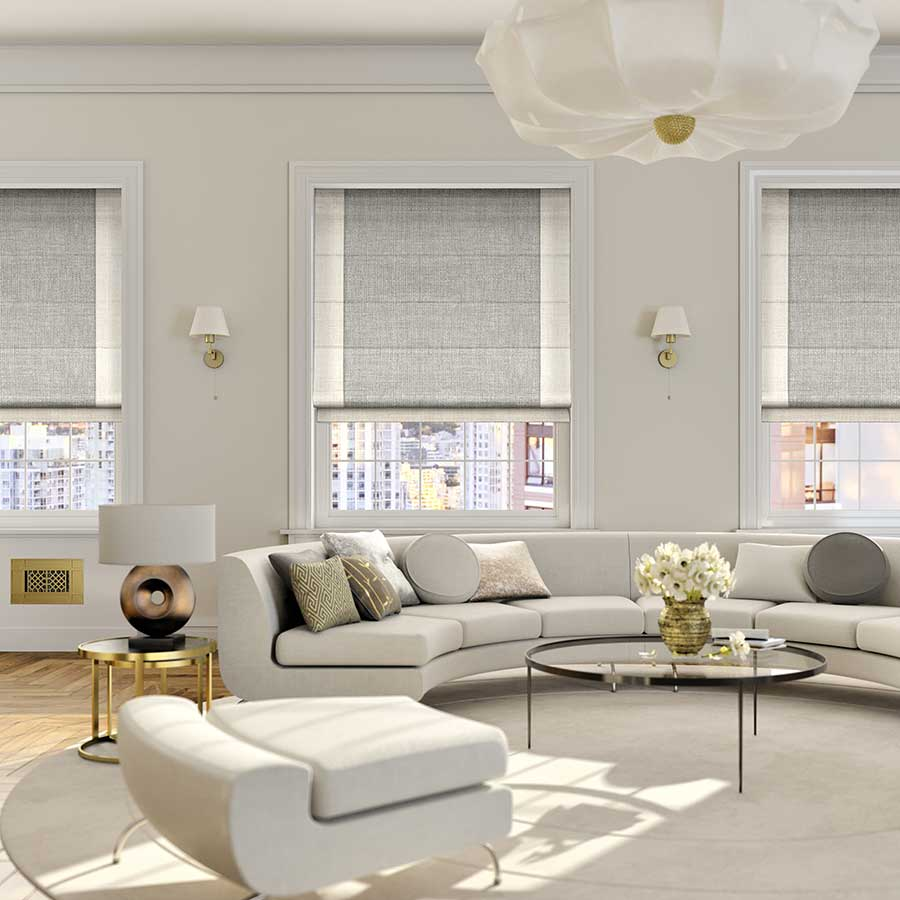
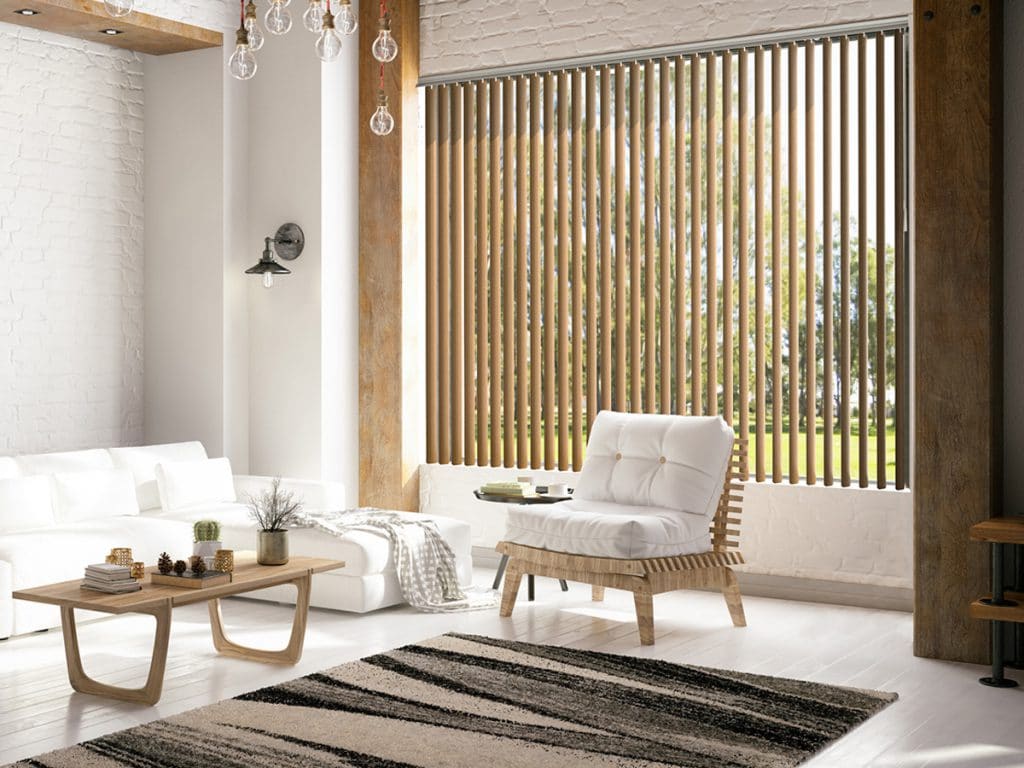
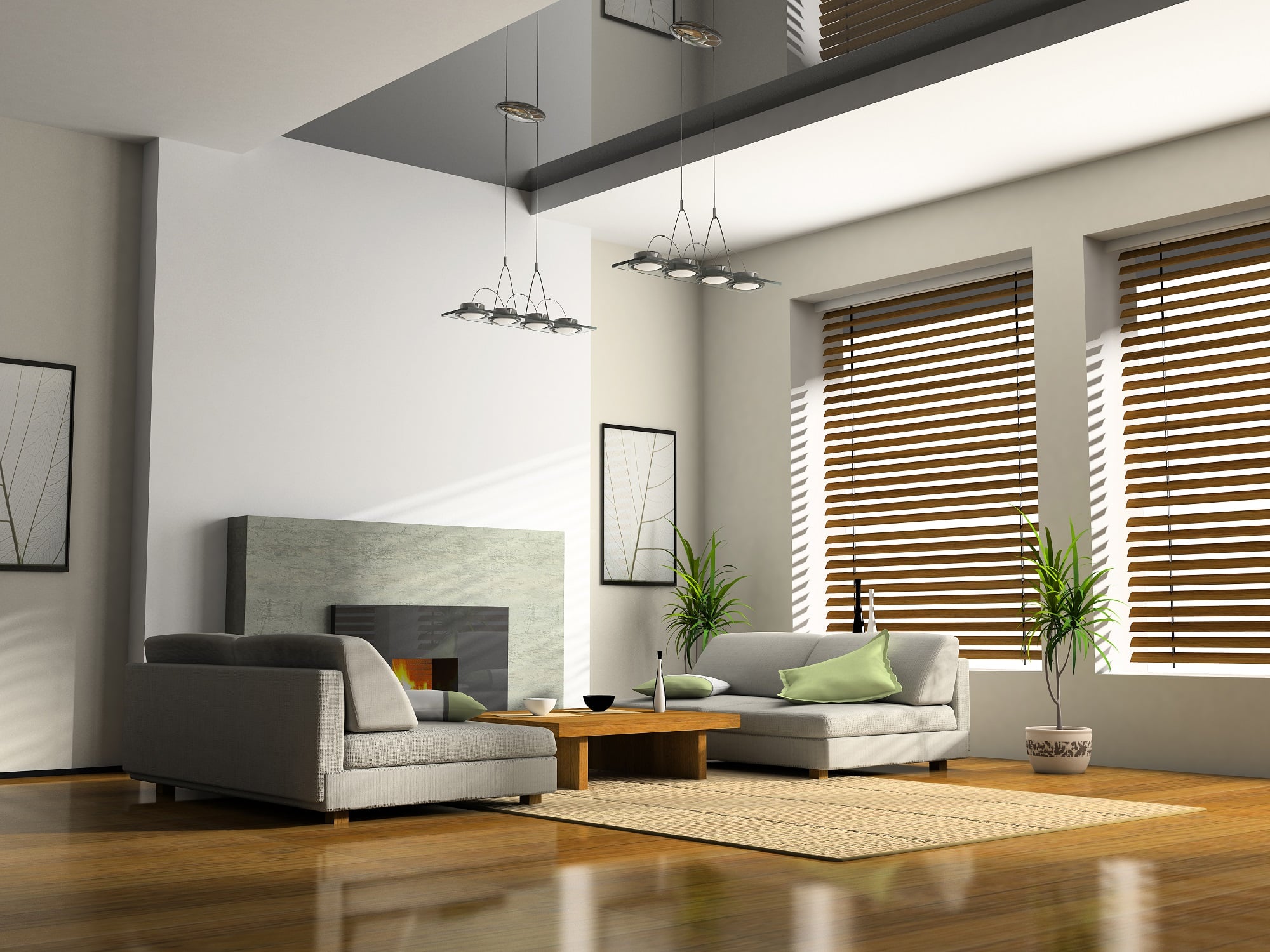
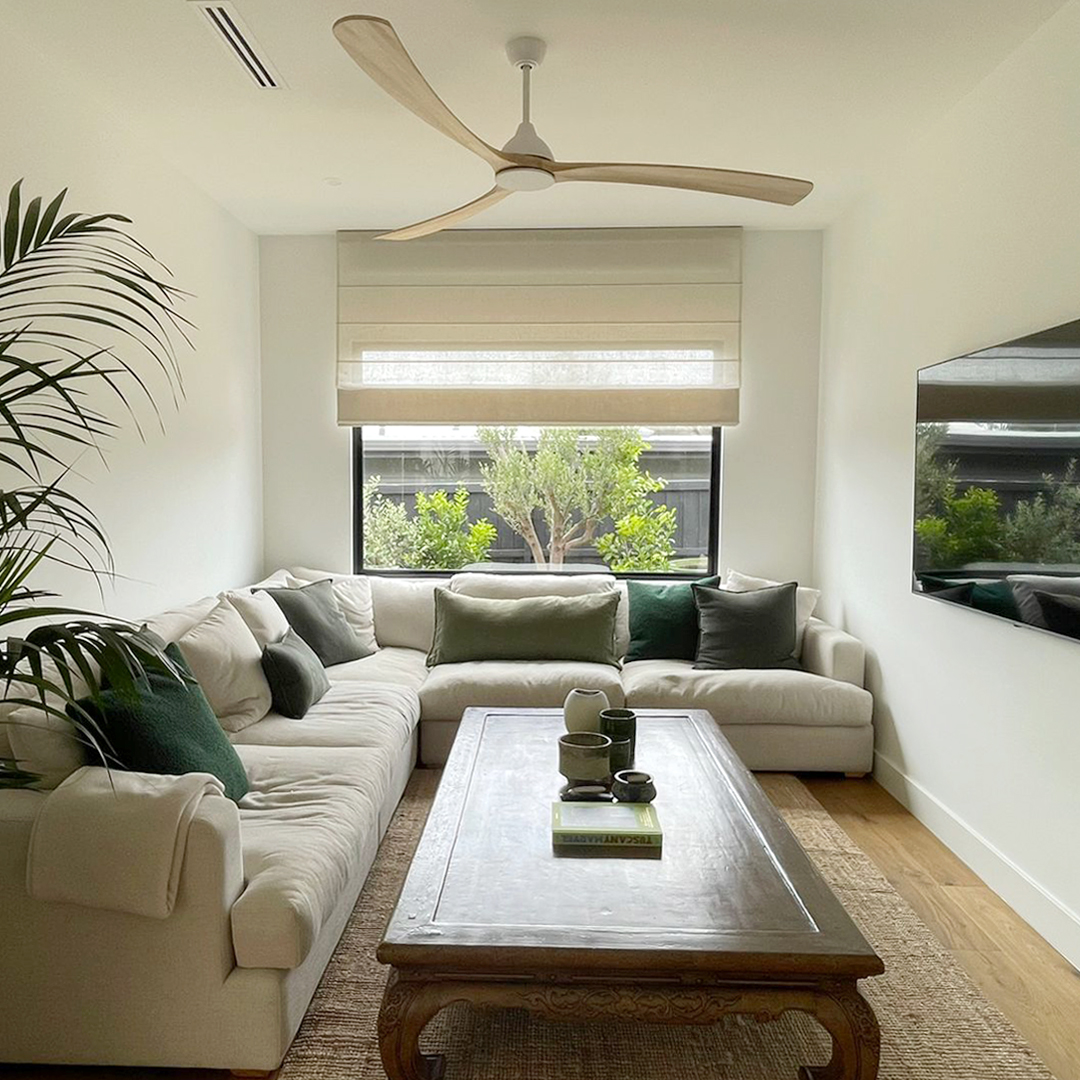
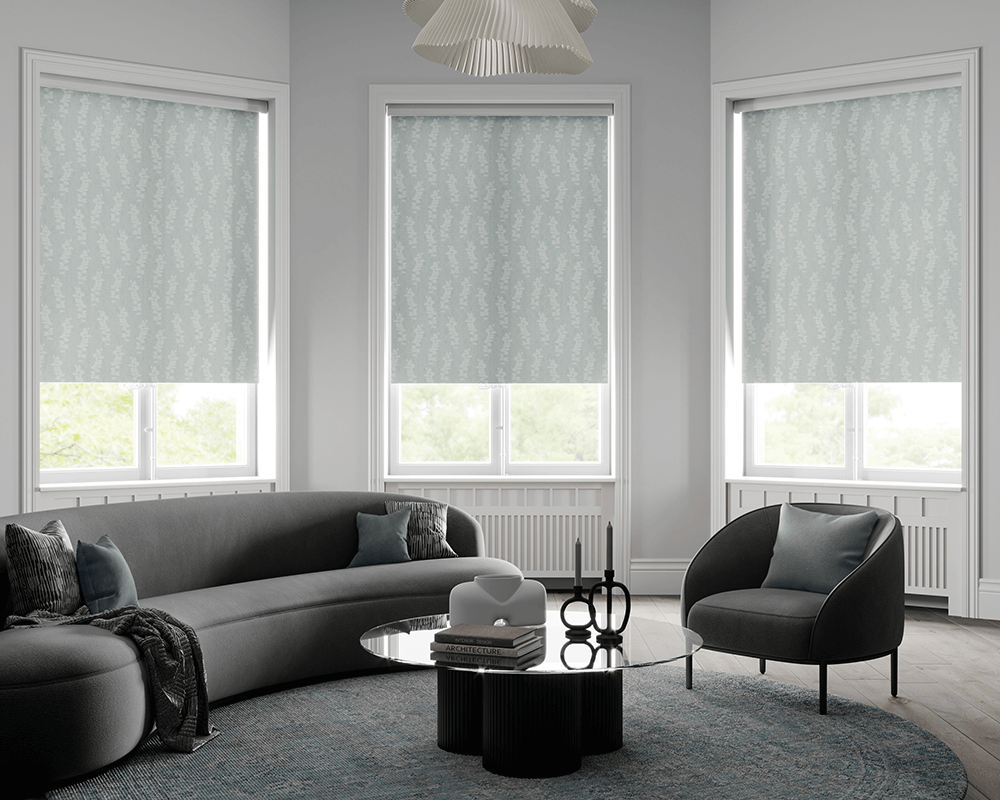
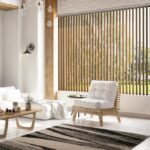


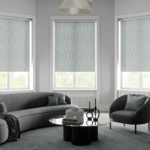

Reviews
There are no reviews yet.